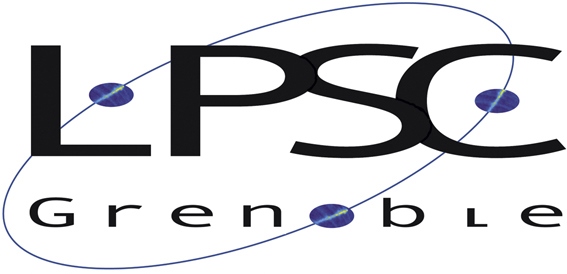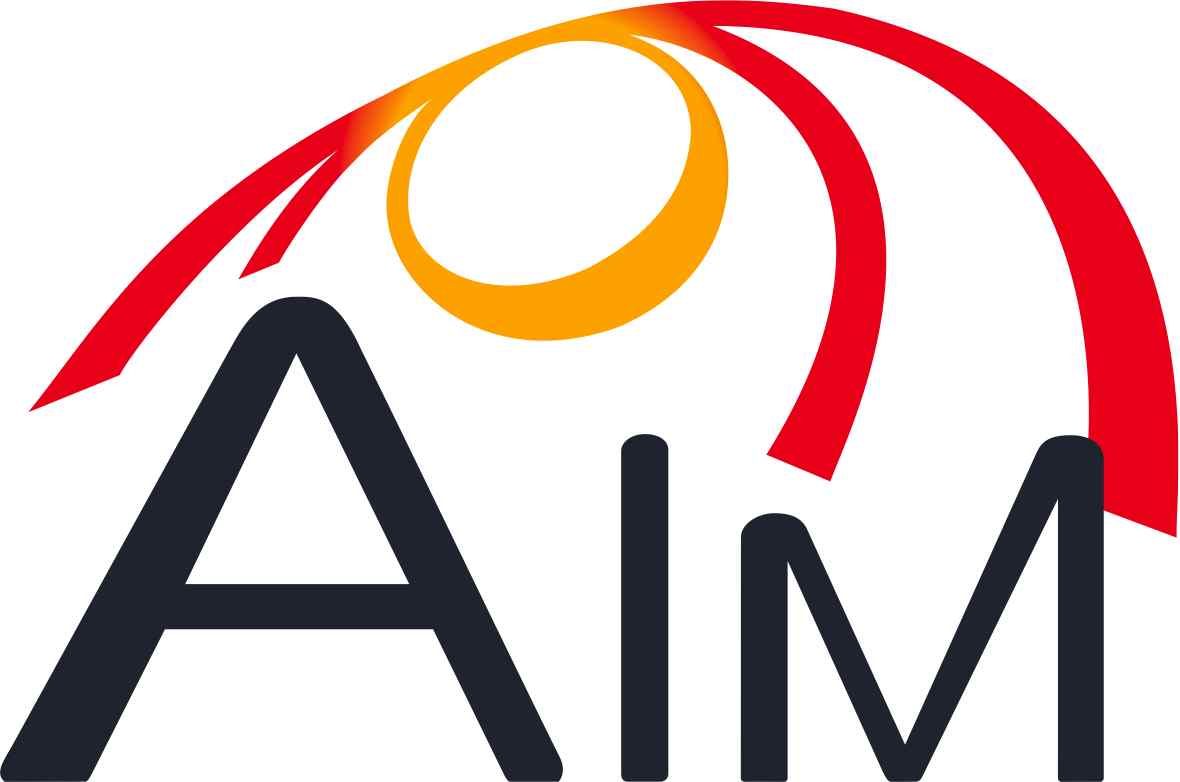Observing the millimeter sky with the NIKA2 camera
Deep surveyOur goal is to map the dusty star formation at high redshift. We will use NIKA2 to map 160 arcmin2 in the GOODS-N field at the confusion limit (for 100 hours), and 2000 arcmin2 in the COSMOS field, matching the SCUBA-2 850 μm confusion limit at 1.2 mm (for 200 hours). It will enable the detection of hundreds of dust-obscured optically-faint galaxies during their major episodes of formation in the early universe. Such observations will probe the dust (thus also gas) content, hence the star formation efficiency, of low-luminosity galaxies out to z=4-5.Quantifying the star formation rate density at high redshift (z>3) is a challenging endeavor. Currently, most of the measurements rely on the UV light emerging from the high-redshift galaxies themselves. But sensitive UV rest-frame data trace relatively unobscured star formation, and do not provide direct measurement of dusty star formation from normal galaxies at high z. One of the key questions, is to quantify the primordial role of dusty galaxies to star formation at z > 3. New very deep unbiased millimeter surveys are hence mandatory and we propose to conduct the deepest single-dish blind survey ever done simultaneously at 1.2 and 2 mm. The survey will also open a new window on undiscovered dusty star formation out to z=6-8, an era only studied with UV emission and untested extinction corrections. Our objectives are to obtain
|
Last update 30/11/2016





